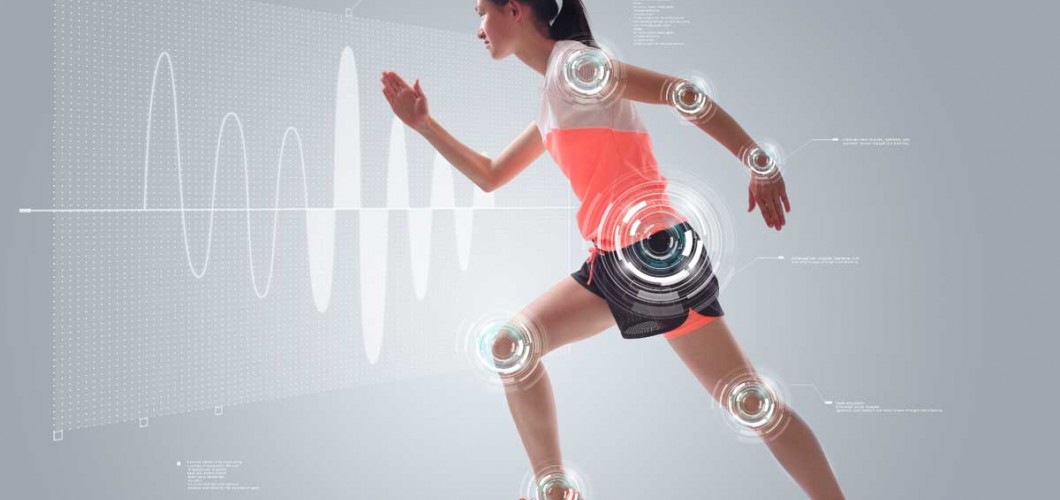
Muscle and joint injuries are common health issues encountered in daily life. They can occur during sports activities, household tasks, accidents, or from improper movements. Proper treatment of these injuries can speed up the recovery process and prevent long-term damage. First aid for muscle and joint injuries plays a crucial role in helping the person recover quickly and safely. In this article, we will discuss how to provide first aid for muscle and joint injuries, the correct interventions, and key points to keep in mind.
Common Causes of Muscle and Joint Injuries
There are various causes of muscle and joint injuries, including overuse, sudden movements, falls, impact, strains, and sports activities. Some of the most common types of muscle and joint injuries are as follows:
1. Muscle Strains and Sprains
A muscle strain occurs when a muscle is overstretched. A muscle sprain happens when the muscle is suddenly stretched too far. This condition often occurs during sports or heavy lifting.
First Aid Application:
- Apply the R.I.C.E. Method: Rest, Ice, Compression, Elevation.
- Apply ice to the injured area for about 15-20 minutes.
- Try to elevate the injured area to reduce swelling.
- If the pain is severe, pain relievers can be used.
2. Joint Sprains
A joint sprain occurs when the ligaments of the joint are overstretched beyond their normal range. It usually affects the wrist, knee, or ankle.
First Aid Application:
- Use the R.I.C.E. Method for sprains as well.
- Apply ice to the sprained joint.
- Compression and elevation can help reduce swelling.
- If pain persists, pain relievers can be used.
- Immobilize the joint, avoid moving it, and seek medical help.
3. Joint Dislocations
A joint dislocation occurs when the ends of the bones in a joint are displaced from their normal position. Commonly affected joints include the shoulder, knee, jaw, and fingers.
First Aid Application:
- If a dislocation is suspected, keep the joint immobilized.
- Apply cold compress to the affected area.
- Avoid moving the joint and seek professional help immediately by calling emergency services.
4. Fractures and Cracks
Fractures occur when bones are completely or partially broken. Cracks, or fissures, occur when there are small cracks in the bone.
First Aid Application:
- Apply ice to the fractured area to reduce swelling.
- Immobilize the fracture and, if possible, create a temporary splint to support the bone.
- Seek emergency medical help immediately for proper evaluation and treatment.
5. Tendon Tears
Tendons are the tissues that connect muscles to bones. Tendon tears typically happen due to sudden movements, overuse, or sports-related injuries.
First Aid Application:
- Use the R.I.C.E. Method.
- Keep the injured tendon immobile, and allow it to rest.
- If the pain is severe, pain relievers can be used.
Key Considerations for First Aid in Muscle and Joint Injuries
Correct intervention in muscle and joint injuries can greatly improve the recovery process. However, improper treatment can worsen the condition. Here are some important points to consider when providing first aid for muscle and joint injuries:
1. Timely Intervention
Quick intervention after an injury plays a vital role in speeding up the recovery process. Applying proper first aid within the first 30 minutes can reduce swelling and pain.
2. Ice Application
Ice is an effective way to reduce swelling. However, avoid applying ice directly to the skin. Always wrap the ice in a towel to prevent frostbite. Apply ice for 15-20 minutes at a time, followed by a 20-30 minute break.
3. Avoiding Movement
It’s important to immobilize the injured area. This prevents further damage and aids in faster recovery.
4. Pain Relievers
Pain relievers can help alleviate severe pain. However, prolonged use of pain relievers should be avoided, and it's best to consult a doctor for long-term pain management.
5. Seeking Professional Help
Most muscle and joint injuries can be treated with first aid at home. However, in the case of severe injuries like fractures or dislocations, it’s crucial to seek professional medical help. Contact emergency services for proper care and treatment.
Conclusion
Muscle and joint injuries are common issues, especially during sports or daily activities. Proper treatment can accelerate recovery and prevent long-term complications. By applying the correct first aid techniques, you can help the injured person recover more easily. Remember, first aid can save lives and significantly improve the healing process!

Leave a Comment